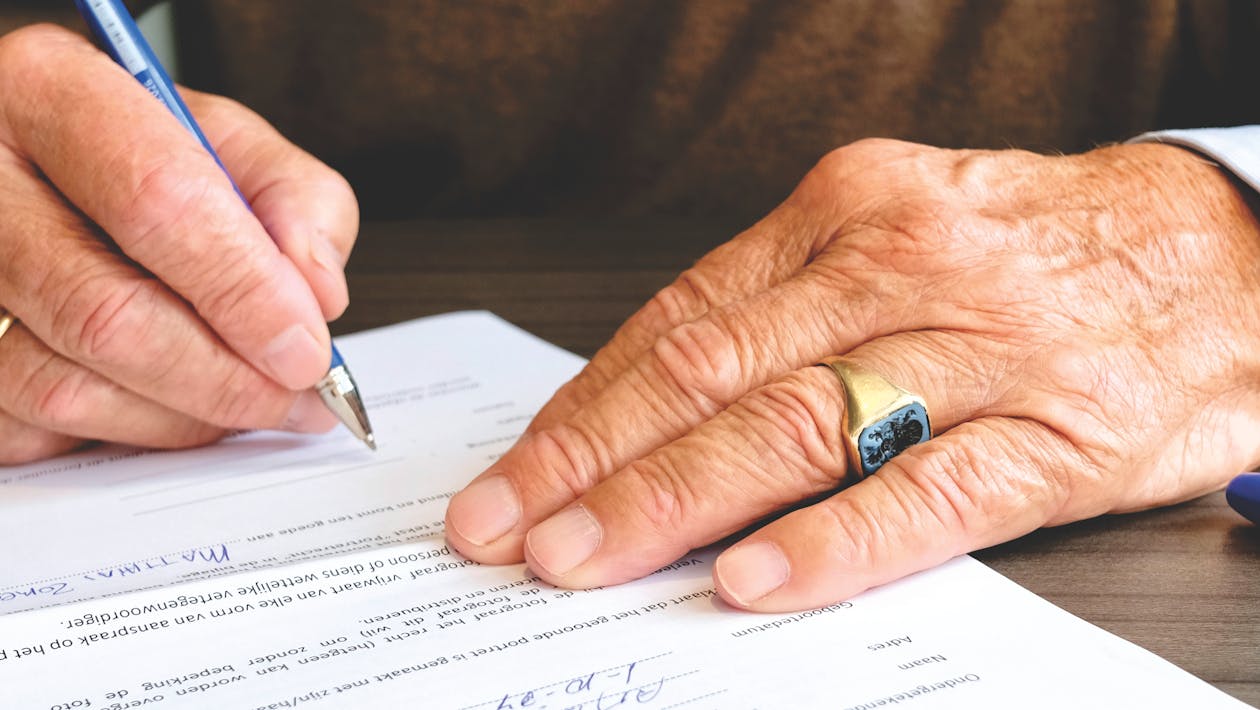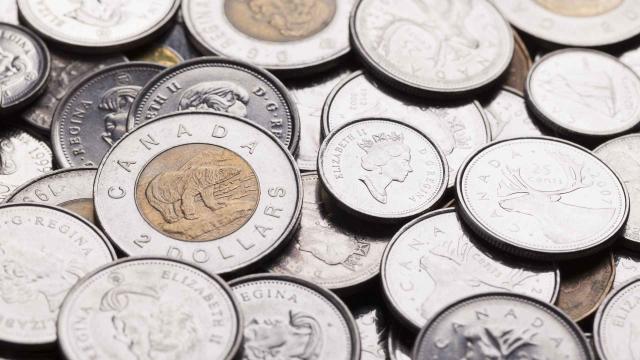
What Is A Bail Bond And How Does It Work?
October 20, 2020The United States is the third most populous country in the world. But it has more people in incarceration than in China or India. The American prisoners hold 2.1 million inmates, while Chinese jails only contain 1.7 million people. Interestingly, many prisoners in the United States are only there because they can’t afford to bail themselves out. Recent research has shown that due to their inability to pay bail, most defendants held before trial. Here we plunge deep down into the mysteries and complexities of the American justice system. Let’s talk about the money bail bond industry that makes the USA a unique nation globally.
Table of Contents
What Exactly Are Bail Bonds?
A person in custody needs to appear before the court for his/her trial. The person has to pass some time in detention before the court date fix. As the inmate hasn’t found guilty yet, he/she can post bail to secure his/her release from prison. The defendant needs to appear for a bail hearing where the court decides if he/she’s eligible for bail. The amount of bail depends upon the seriousness of the crime, previous record, and flight risk.
But most inmates can’t afford to pay the bail amount. So, they hire a bail bondsman (“bail agent”) to act on their behalf. The bondsman will accept a certain percentage of your bail money as his/her fee. This rate changes from state to state, ranging from 10-15% usually. The bondsman will seek help from your friends and family to collect money. He/she can also secure the bail amount in the form of collateral. This collateral might be your car, house, jewelry, or any other property/valuable.
A dilemma makes bail bonds more dangerous than the cash ones. If the suspect refuses to appear before the court, the bondsman is liable to pay the penalty. Once released from jail after posting bail, the defendant can’t violate his/her bail conditions. The person is also bound to appear before the court for his/her trial. If not, it will result in collateral confiscation; the bondsman needs to pay the penalty. Otherwise, the defendant gets bond payment back minus the bondsman’s fee.
Different Types
We’ve learned that it is an agreement between the defendant and the judicial system. The defendant ensures the court that he/she will appear for the trial. Guarantors manage to collect the bail amount in return for an economical fee. But there are many different types of these in the American judicial system. But there are five general kinds we must explain here:
By Cash
It is the primary type. The suspect merely pays the bail money demanded by the court. If the suspect refuses to appear before the court, cash bail is forfeited. Otherwise, this type of bail is refundable.
By Property
If the suspect doesn’t have enough liquidity for cash bail, he/she can go for property bail. The value of the collateral must twice the required bail amount. This collateral needs to be a property of tangible value (e.g., real estate).
By Surety
It is the type where you hire the services of a bondsman. We’ve already talked about it in detail above. A relative of yours can also pay a 10% non-refundable premium fee and collateral. The collateral is refunded, provided the defendant appears for his/her trial. Otherwise, the relative is liable to pay the bond penalty. Bondsmen often hire “bounty hunters” to track down escaped suspects in this case.
Citation Release
In this scenario, the law enforcement officer doesn’t even bring the defendant to a station. So, the person is never taken into custody but still has to appear for trial. The arresting office issues a citation stating that the suspect will appear before the court; this citation deals with minor offenses (such as traffic violations). But this type of bond depends on the officer’s discretion. You can’t apply/demand for citation release.
Recognizance Release
It is a promise defendant makes to appear before the court on the trial date. The suspect is released from custody once he/she signs the required paperwork. A recognizance release requires no bail payment. The court will decide if the defendant is trustworthy enough to grant him/her no-bail pretrial release. This type of bail is available for minor misdemeanor charges.
How Does It Work?
The United States justice system believes in an important principle. It explains that a person is not guilty until proven. Unfortunately, many men and women are in pretrial detention because they can’t afford bail price. A 2017 report of the FRS revealed that 40% of inmates weren’t capable of covering even a $400 bail. They would have to sell something to borrow money to afford this minor expense. That’s why New York introduced a reformed bail law in April to remedy the situation.
The sudden emergence of the coronavirus pandemic brought down America’s $2 billion-dollar money bail bond industry. Correctional facilities nationwide couldn’t risk inmates catching COVID-19. Therefore, in May, they release thousands of prisoners from incarceration. After many inmates had acquired coronavirus and jails, it was called “Petri dishes” of this disease. Commercial bail companies had to lay off numerous employees due to the lack of work in prisons.
But bail remains a crucial part of our criminal justice system. It protects the defendant’s right to stay free from confinement until proven guilty. It saves the taxpayer’s money by not spending it on incarceration and monitoring of suspects. The bail system makes sure that a defendant acts upon his/her right to be heard in a court. The commercial bond system allows people of low-income to escape unlawful detention.
Conclusion
In 2017, Gavin Newsom made headlines by claiming that only the United States and the Philippines had money bail. He argued that this commercial bail system was punitive for low-income American citizens. Political fact-checkers found the Governor’s claim to be mostly true. It’s correct that money bail companies don’t exist anywhere in the world except for these two countries. These countries have a pretrial release system dominated by commercial bail bondsmen. So, reformers are striving to restructure the bail system to make it more beneficial for the financially unfortunate. A proper understanding of this will contribute to an improved judicial system in America.












